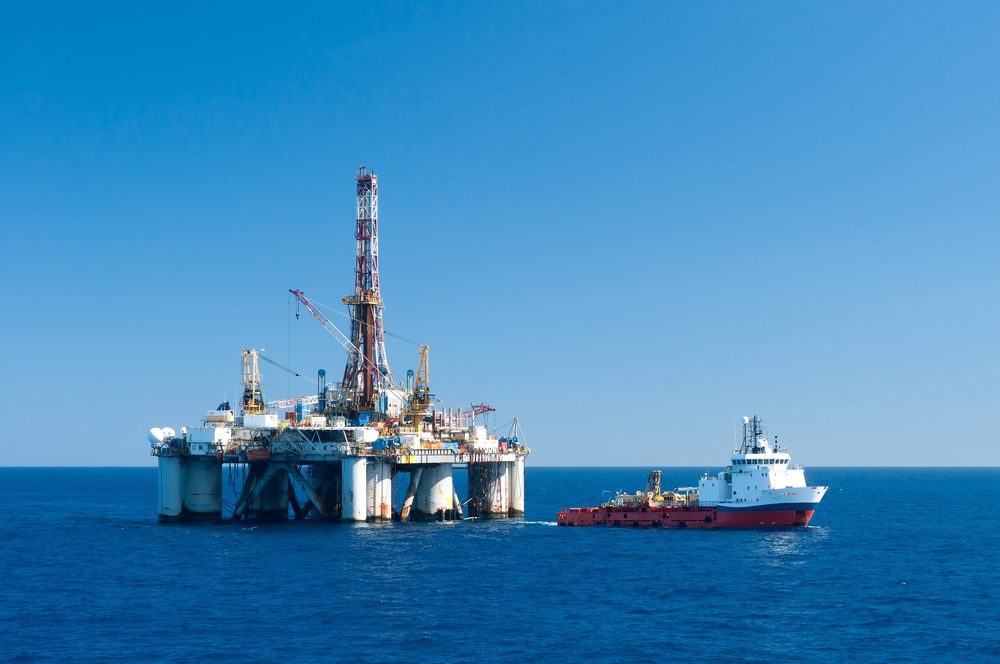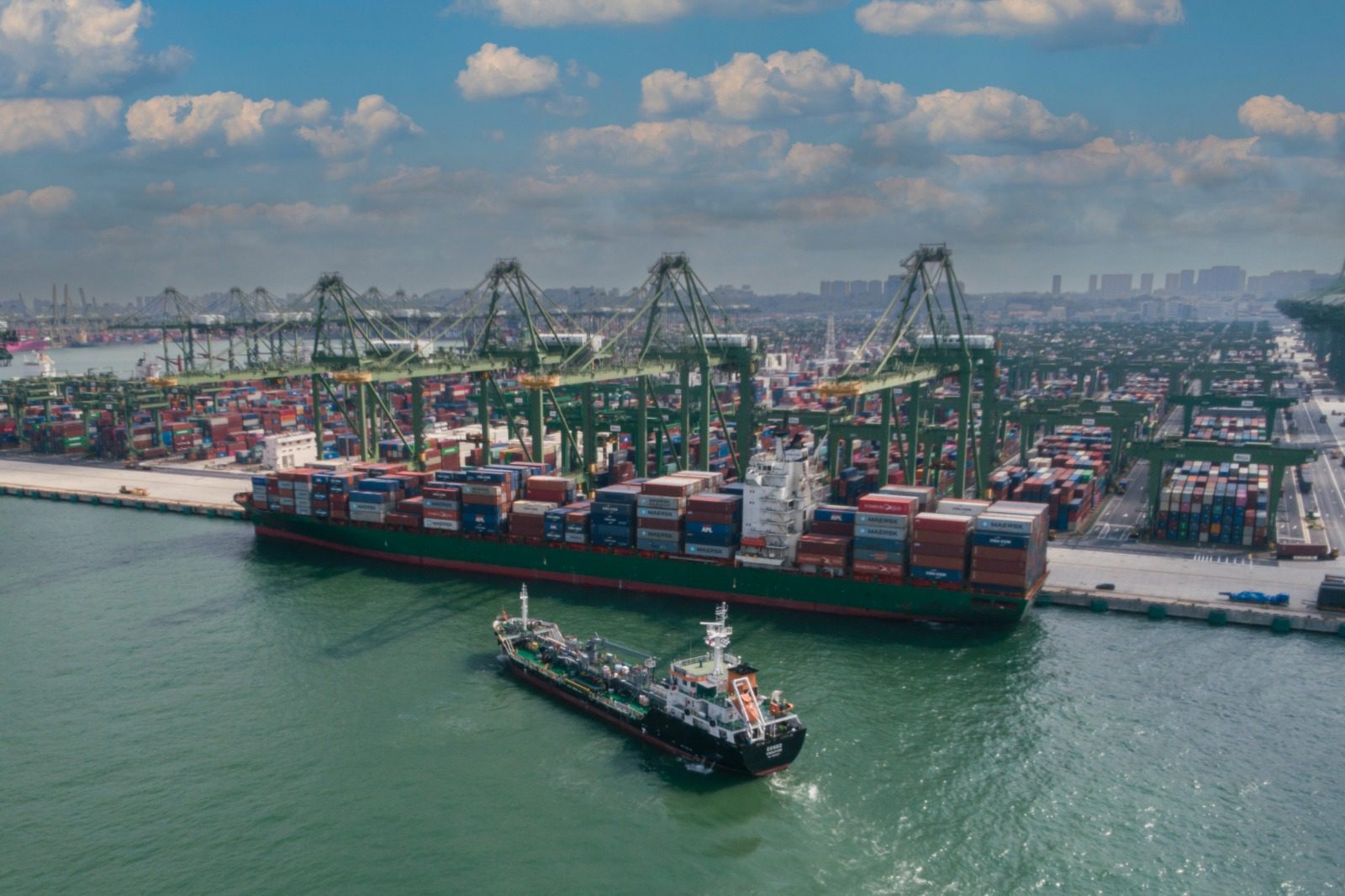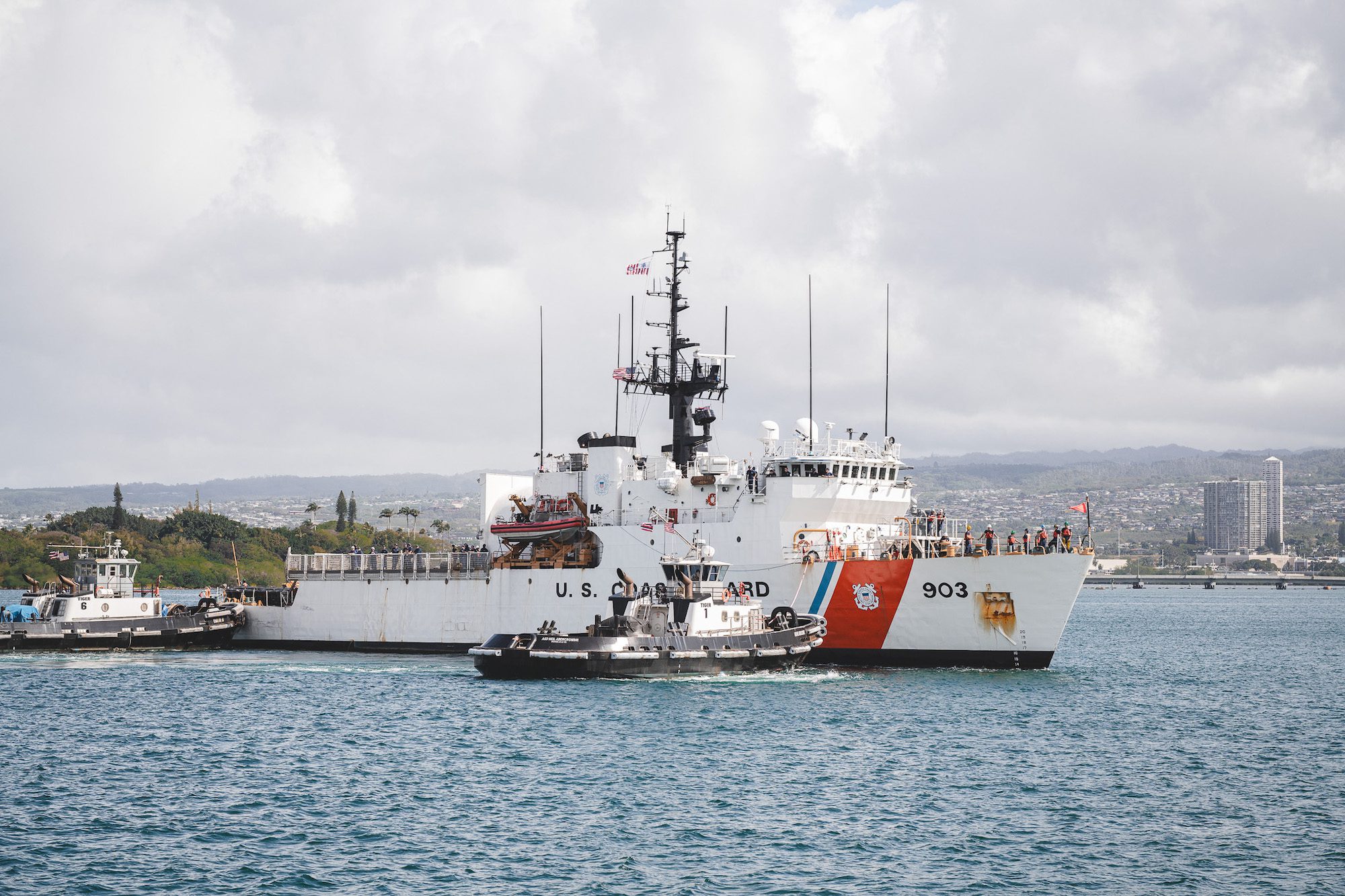Jarle Hammer is a strategic adviser to ship owners, industrial companies, banks and others in the shipping community and also undertakes some consultancy. He is an active speaker at conferences and is lecturing maritime economics at academic institutions in different countries.
By Jarle Hammer, Republished from the DNV Bulk Carrier Update
The dry bulk market has deteriorated significantly over the last six months, although rates have recovered from recent bottom levels. Since the last issue of this report in early November, the time charter equivalents of spot rates have fallen by about 60% for Capesize, roughly 30% for Panamax and Supramax, and about 10% for Handysize.
Over this period, the Baltic Dry Index has fluctuated strongly. It rose from 1766 points to a peak of 1930 points in mid-December, before crashing to 647 points in early February and thereafter almost doubling to 1165 points, which was still 34% lower than six months before. Time charter rates have been steadier, with one-year Capesize rates down about 33% and decreases of around 15% for smaller sizes over the same period. Whereas newbuilding bulk carrier prices have shown a general decline in recent months, there have been somewhat mixed developments in second-hand prices, depending on age. Thus, for Capesize, the newbuilding price has dropped from USD 48.5 million to USD 46.5 m since the beginning of this year. The resale price has dropped from USD 48 m to USD 44 m, the price of a five-year-old vessel has slipped from USD 36 m to USD 35 m, and the price of a 10-year-old vessel has fallen relatively more, from USD 26.5 m to USD 24 m. The price of a 15-year-old Capesize bulk carrier ended at the same level, USD 16 m, after previously touching USD 18m.
About one week into May, the reported Capesize spot rate index (average for different routes) stood at a lousy USD 8,800 per day, which is actually the highest level since mid-January (in reality probably somewhat higher when slow-steaming measures are taken into account), whereas the one-year time charter rate stood at USD 14,000 and the three-year time charter rate at USD 15,500. The calculated break-even rate for a Capesize was USD 17,800. This is based on a five-year-old vessel bought in today’s second-hand market, with an assumed lifetime of 25 years and 8% return on total capital invested. The Panamax spot rate index stood at USD 11,500, with the one-year time charter rate at USD 11,300 and the three-year rate at USD 11,800. At USD 13,300, the calculated break-even was significantly higher for this size too. The Supramax has fetched the highest spot rates for parts of this year and the spot rate index stood at USD 11,700, with the one-year time charter rate at USD 11,500 and the three-year rate at USD 12,000, also below the calculated break-even of USD 13,000. The Handysize spot rate index stood at USD 9,100 per day, whereas the one-year time charter rate stood at USD 8,800 and the three-year rate at USD 9,500, somewhat below the calculated break-even rate of USD 10,500. For all vessel sizes, the quoted future rates for the next four years are below the calculated break-even rates, and at about same levels as the break-even rates in 2017. A comparison of spot rates, time charter rates and futures quotations with calculated break-even rates points to a continued downward pressure on bulk carrier values.
China accounted for as much as 60% of world pig iron production in March 2012. Iron ore imports to China have been the predominant growth element in dry bulk trade over the last few years. China has imported much more iron ore than required for its pig iron production when taking into account its growing domestic production of low-grade iron ore. Thus, substantial stocks of iron ore have accumulated at ports, steel mills and mines.
Figures for the first quarter of this year show the following changes from the corresponding period last year: China’s crude steel production +0.3% to 174.2 million tonnes, pig iron production +4.9% to 165.2 mt, and iron ore imports +5.7% to 187.2 mt. Figures for the first two months of 2012 show domestic production of low-grade iron ore up 16.3% to 153.1 mt, and there are signs of further increases. Seen against a lower official target rate for China’s economic growth, now set at 7.5% for 2012, and the surge in domestic iron ore production, some analysts now foresee a decline in China’s iron ore imports this year. Last October, the World Steel Association estimated a global steel demand growth in 2012 of 5.4%, with China up 6.0%. In late April, these forecasts were reduced to a global demand growth of 3.6% this year, with China up 4.0%. For 2013, the WSA expects China’s demand growth to remain at 4.0% and global demand to increase by 4.5%. Coal imports to China in the first quarter of the year were about 4% higher than in the last quarter of 2011, and way above the extremely low levels experienced in the first part of 2011 which were influenced by severe flooding at Australian coal mines.
The fleet growth is still overwhelming, but the order book is shrinking rapidly. Data from Fearnresearch show that the dry bulk fleet increased by 14.4% last year after 16.7% growth in the preceding year. In the first four months of 2012, the fleet grew by 4.4%, with as much as 16.0% scheduled for delivery during the remainder of 2012, 7.8% in 2013, and just 1.7% in 2014. The fleet growth will also depend on slippage and scrapping. Based on Fearnresearch data, it has been calculated that bulk carrier slippage has decreased from 51% in 2009 to 44% in 2010 and 31% in 2011. The bulk carrier order book as a percentage of the existing fleet has come down from 72% at the beginning of 2009 to 26% in May 2012. Based on data from Clarkson, dry bulk scrap sales increased from 6.4 million dwt in 2010 to 22.3 mdwt in 2011, whereas new orders fell from 97.4 mdwt to 32.9 mdwt. Year-to-date in early May, scrap sales amounted to 11.5 mdwt, while new orders approximately totalled almost 5 mdwt.
Looking at size groups, fleet developments over the last 12 months varied widely. Very Large Bulk Carriers over 200,000 dwt increased by 28% to 65.9 mdwt and had an order book of 52% of the existing fleet at the beginning of May. Capesize in the 100–200,000 dwt range rose by 14% to 196.9 mdwt and had an order book of 17% of the existing fleet. The Panamax fleet of 60–100,000 dwt increased by 15% to 164.3 mdwt and had an order book of 35%. The Supramax fleet of 50–60,000 dwt increased by 25% to 87.5 mdwt with an order book of 24%. Handymax vessels of 40–50,000 dwt experienced a decline of 3% to 42.3 mdwt with an order book of 9%. Handysize vessels of 25-40,000 dwt are experiencing a revival and saw an increase of 7% to 67.2 mdwt with 22% on order. Smaller bulk carriers of 10–25,000 dwt actually saw a decline of 5% to18.5 mdwt and had an order book of 5% of the existing fleet. Small bulk carriers are often being replaced by geared multipurpose vessels which, in addition to bulk cargoes, also carry containers and fast increasing volumes of project cargoes.
Over the last couple of years, bunker prices have more or less doubled, whereas, for instance, the vessel hire for a Panamax bulk carrier has been roughly halved. There is therefore a very strong focus on fuel efficiency now. A new wave of orders for eco-ships, offered at low building prices from distressed shipyards with rapidly shrinking order books, is likely to delay the dry bulk market recovery. However, as eco-ships have significantly lower bunker expenses, older vessels will eventually be forced into lay-up and scrapping. With the present extremely bleak short- and medium-term prospects for shipyards, there is reason to believe we shall see more shipyard and government financing of newbuildings in general.
Unlock Exclusive Insights Today!
Join the gCaptain Club for curated content, insider opinions, and vibrant community discussions.

 Join The Club
Join The Club













